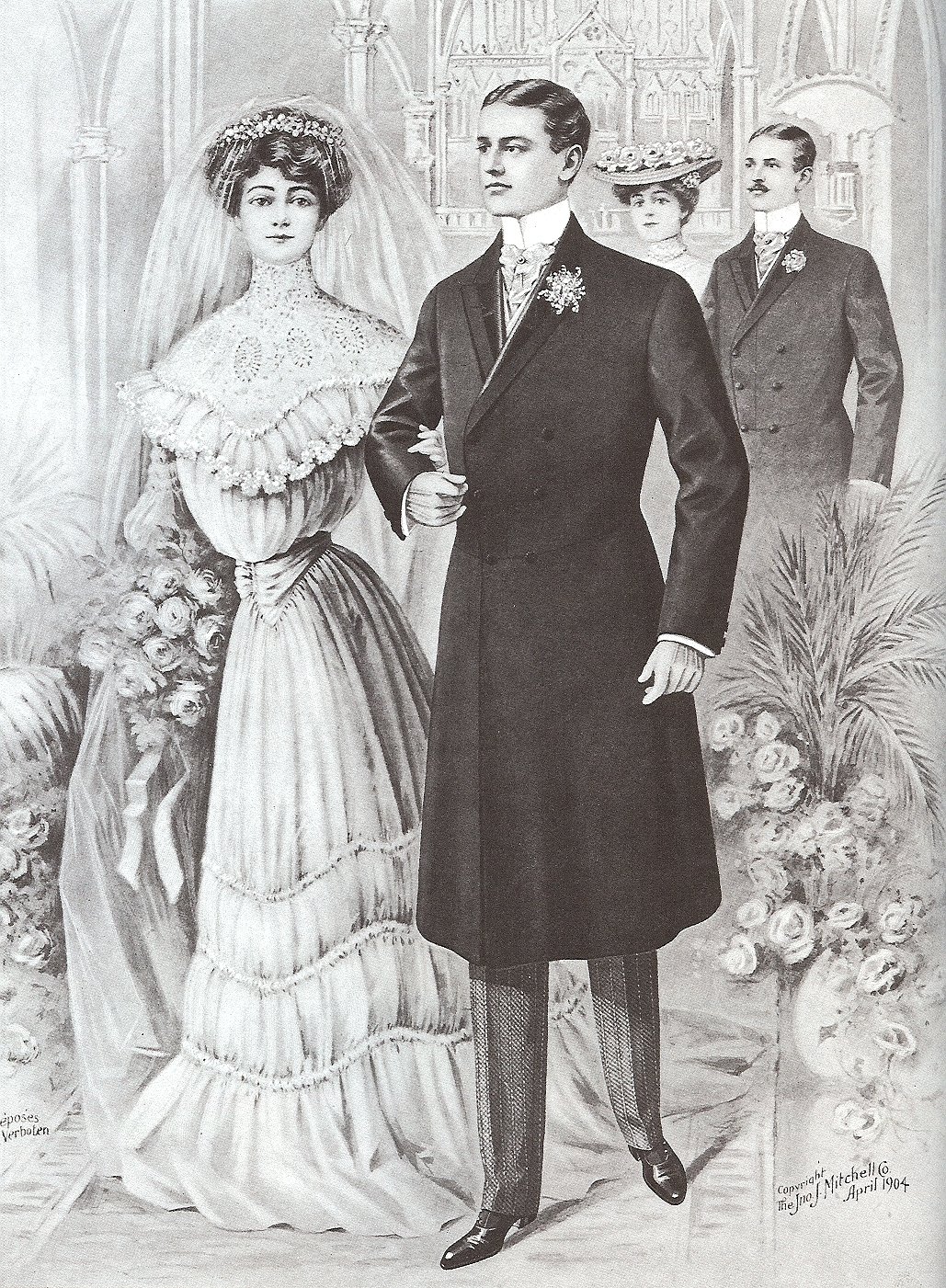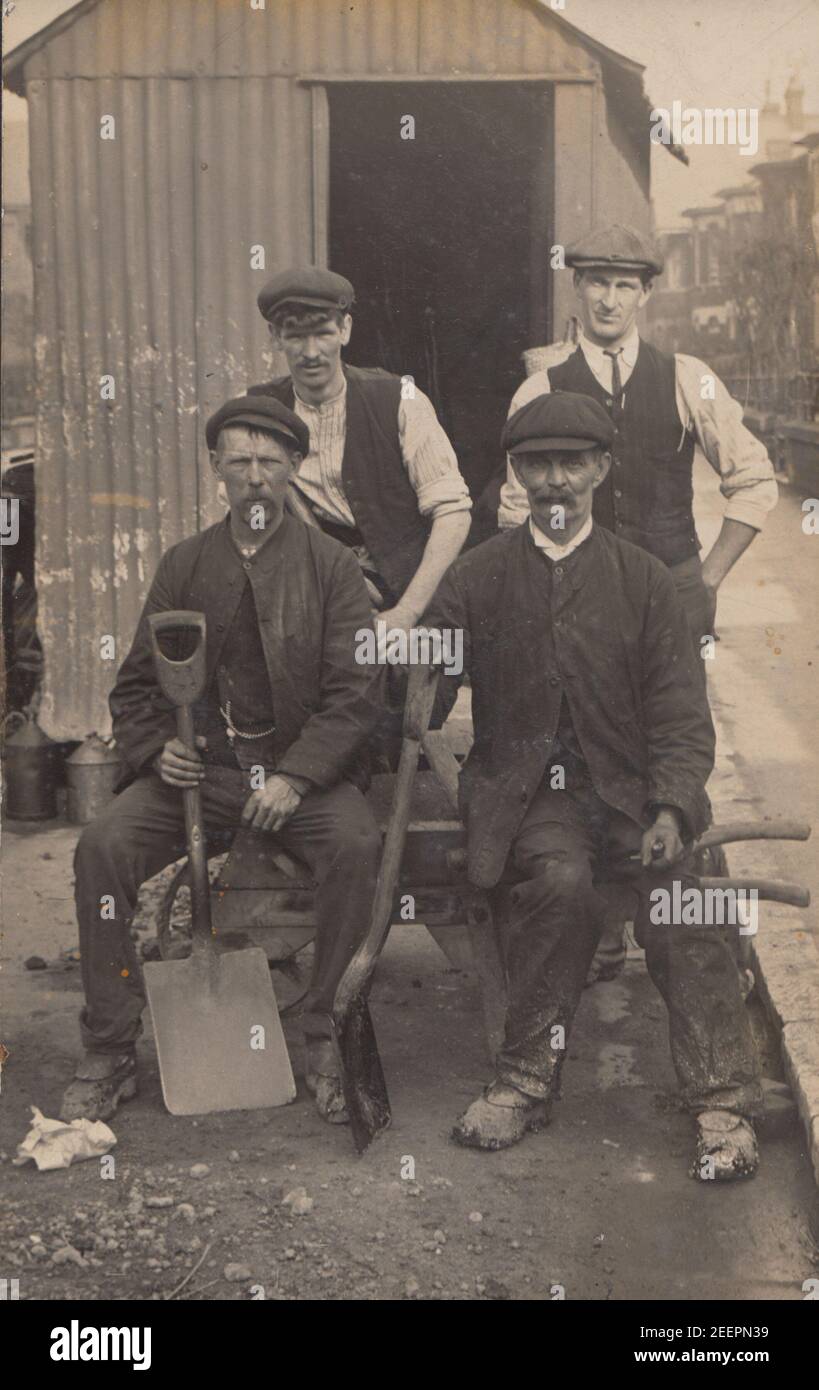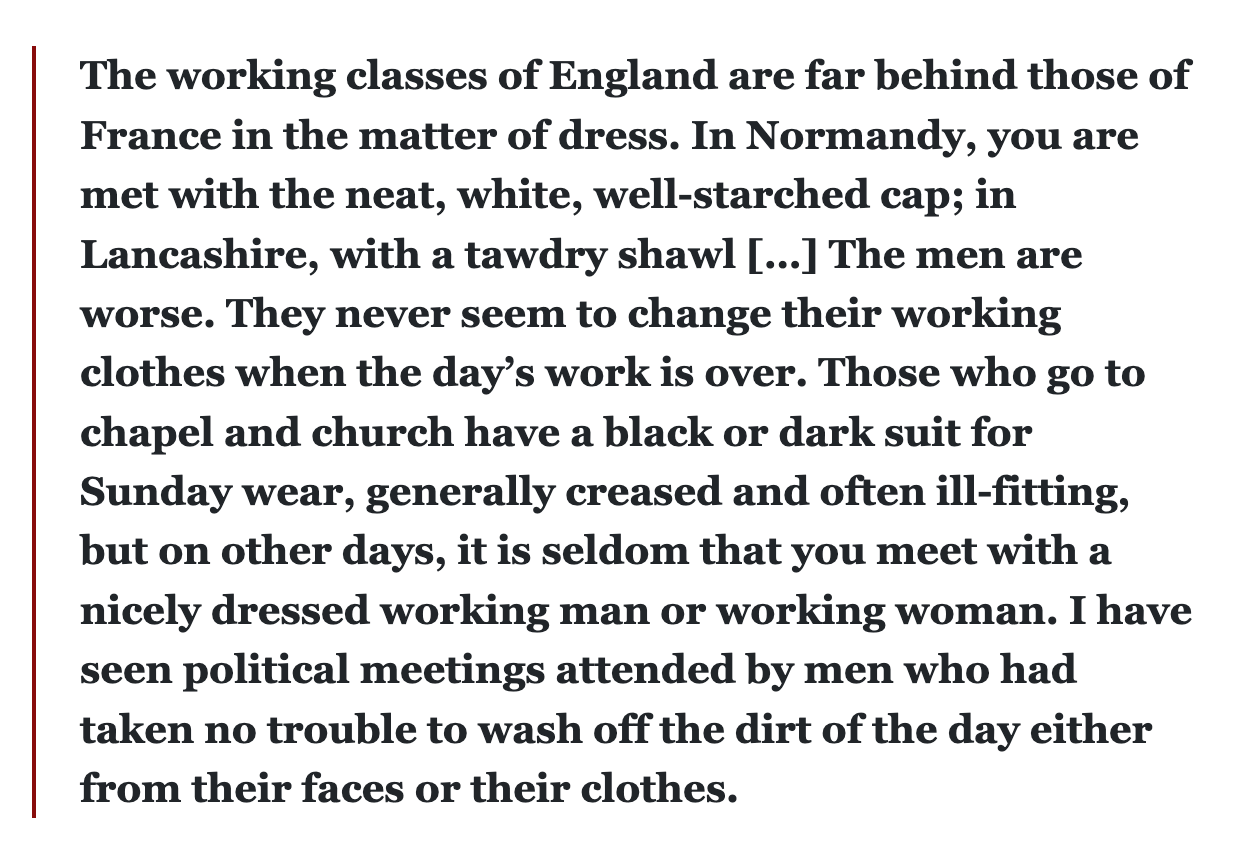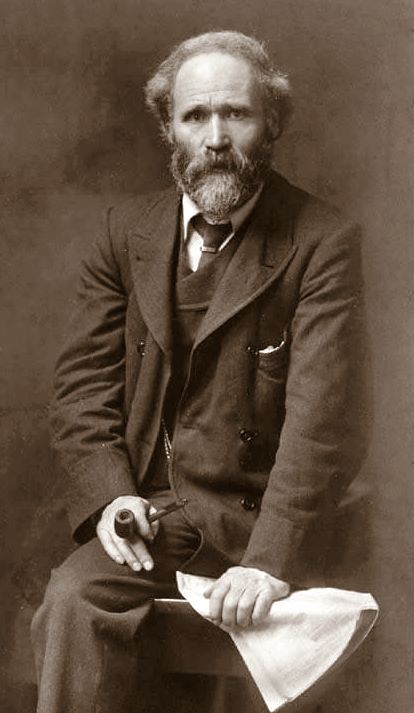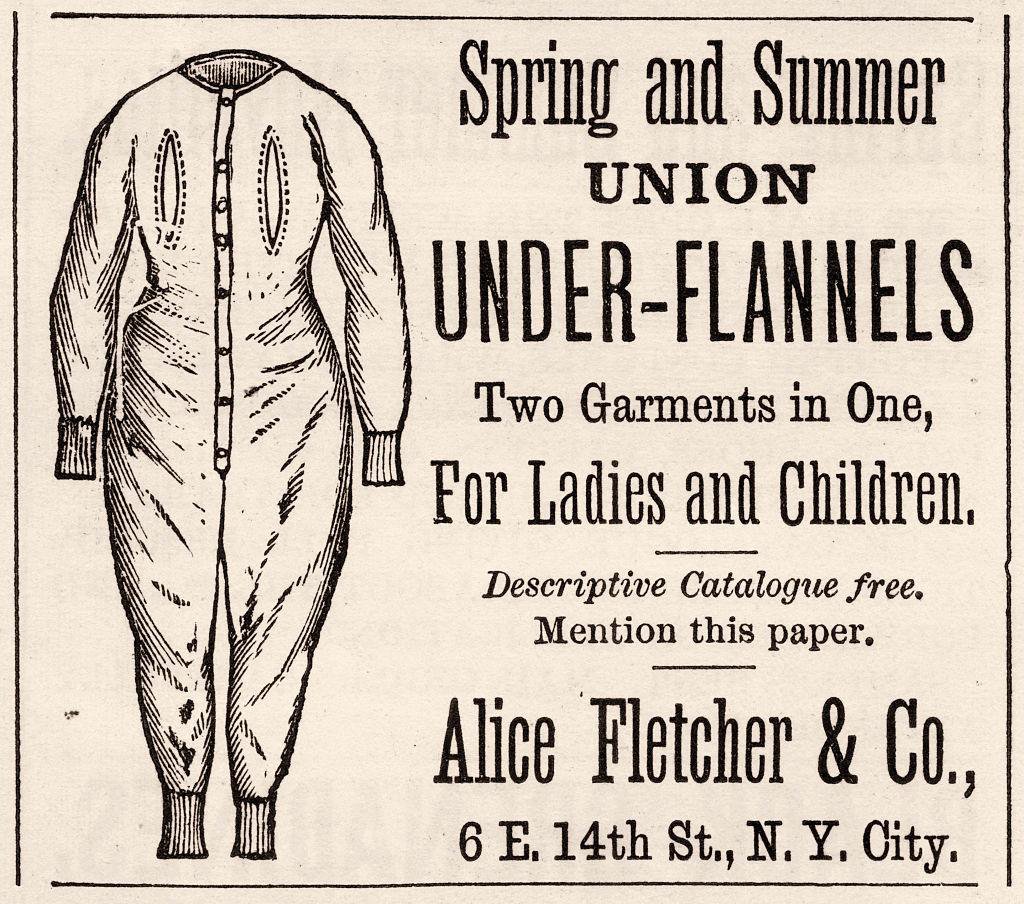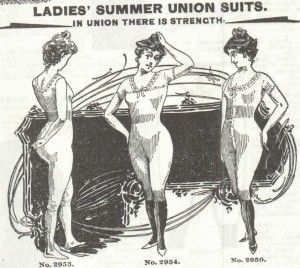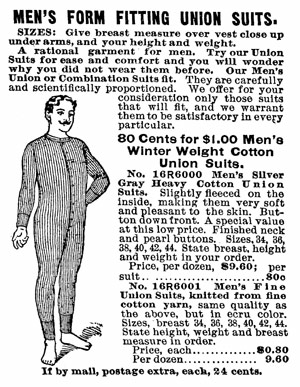Thread
The issue of respectability in dress, and what constitutes "proper" attire in public, has raged for as long as people have worn clothes. People who take this position fail to recognize that their own clothes were once the "yoga pants" of their day. I will run through examples 🧵
The most obvious is the tailored jacket, which today stands as a symbol of upper-class respectability. Eric, himself, wears a tailored jacket in his profile picture. The sport coat, however, started as a sports garment (an older version of athleisure).
Further back, the suit was once the "cargo shorts" of its day. At the turn of the 20th cent, men in high positions, such as finance and law, wore the frock coat. Working-class people, such as clerks, wore the fustian lounge suit (what we today would call a business suit)
During this time, men in frock coats often complained about men in suits. They viewed the suit as a sign of fecklessness, slovenliness, and laziness. Here is an excerpt from Samuel Pearson, who lamented the appearance and manners of working-class Englishmen in 1882.
Here is Bond Street tailor H. Dennis Bradley, who expressed contempt for the suit in 1912. Like his Edwardian contemporaries, he felt the suit was spoiling the public landscape with its ugliness.
(Excerpt taken from Christopher Breward's book The Suit)
(Excerpt taken from Christopher Breward's book The Suit)
In 1892, Scottish socialist Kier Hardie—who later founded Britain’s Labor Party—wore a tweed suit with a deerstalking cap to his first day as an MP. He did so to signal his allegiance to the working class. The press was scandalized by his attire.
It took a great social and economic transformation for the lounge suit to go from the disreputable attire of working-class clerks to a symbol of capitalistic success and upbeat modernity. People who complain about respectability in dress often uphold the suit as a standard-bearer
But they fail to recognize that something else existed before the suit (the frock coat), and that the same fights over class-based manners and lifestyles happened then. The suit was once seen like how we see cargo shorts today.
Here is another bit of surprising history. The t-shirt started as a union suit, a type of one-piece underwear originally created for women under the Victorian dress reform movement of the late 19th century. Women considered it freeing.
Men later adopted it, and then in 1904, Cooper Underwear Company turned the top half into the t-shirt, advertising it as a "bachelor undershirt" for men with no wife or sewing skills. No worries if a button falls off bc there are no buttons! The virile man in the ad sold the idea
By mid-century, actors such as James Dean and Marlon Brando cemented the t-shirt's association with masculinity, effectivity burying any memory that the t-shirt started as women's underwear. Today, the t-shirt is a unisex garment and is pretty common in public life.
There are other examples of clothing that would have once never been considered acceptable in public life, but have since become normalized. Polo shirts were for tennis players, khaki chinos were for war, and denim jeans were for Californian miners during the Gold Rush.
Yet, Eric wears all these things—suit jackets, t-shirts, and jeans—not just in public, but while leading a congregation in the house of God.
There are some aesthetics that I find more pleasing than others. And for those who wish to dress better, I think there's a positive effect on the public (I like seeing nice outfits).
But I mind my business when it comes to womenswear and think it's generally a good thing that all people, regardless of gender, have more freedom with regard to dress.
If you have an issue with respectable dress in public, take a look at your own closet and research the history of the pieces. You may be surprised by what you learn.
